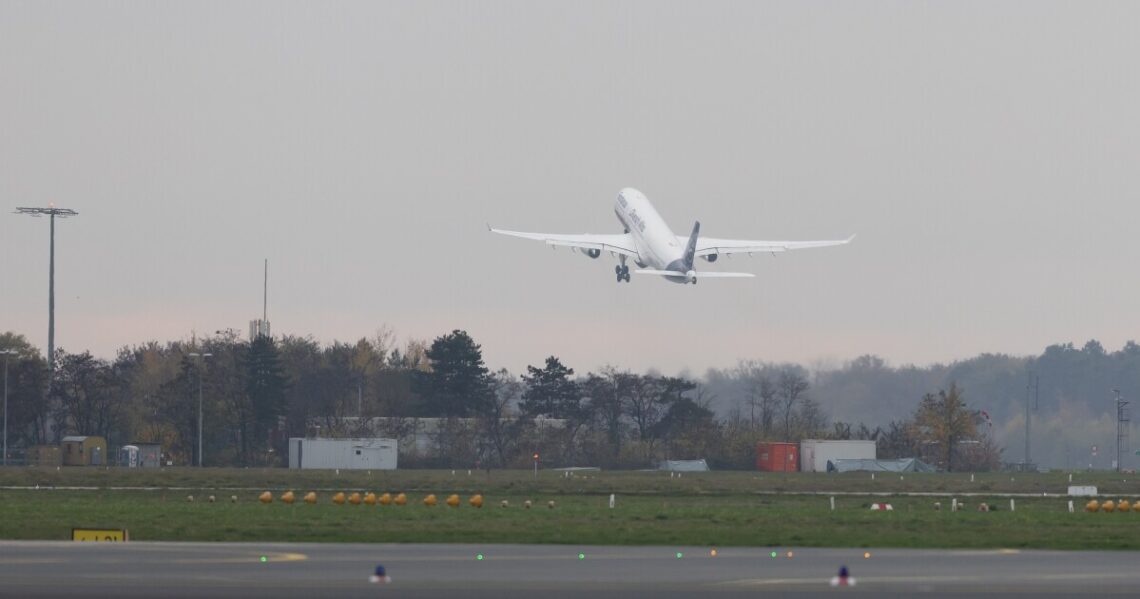Over the past week, significant turbulence caused one death and one hospitalization on a business jet and seven hospitalizations on a commercial flight. Turbulence usually just causes a bumpy ride, but it varies widely in severity and can cause damage to the plane and injuries to the passengers and crew on board — not to mention serious fear and anxiety among flyers.
Here’s what you need to know about how to keep yourself safe and why turbulence happens.
How often does turbulence cause serious injuries?
To be sure, injuries from turbulence are rare. At flight cruising levels, only about 3% of the atmosphere has light turbulence, about 1% has moderate turbulence and a few tenths of a percent has severe turbulence at any given time, says Paul Williams, a professor of atmospheric science at the University of Reading who researches turbulence.
“You’re virtually guaranteed to be safe,” Williams says.
From 2009 to 2021, there were 30 passengers and 116 crew members seriously injured because of turbulence out of the millions of people who fly every year, according to Federal Aviation Administration data.
The FAA defines serious injuries as those that require hospitalization for more than 48 hours, or result in fractured bones, severe muscle or tendon damage, harm to internal organs or second- or third-degree burns. Airlines aren’t required to report more minor injuries, meaning the total number of injuries is underreported.
The majority of passengers seriously injured by turbulence weren’t wearing their seatbelts, often because they were using the restroom or walking up or down the aisle, according to a 2021 National…
Read the full article here







